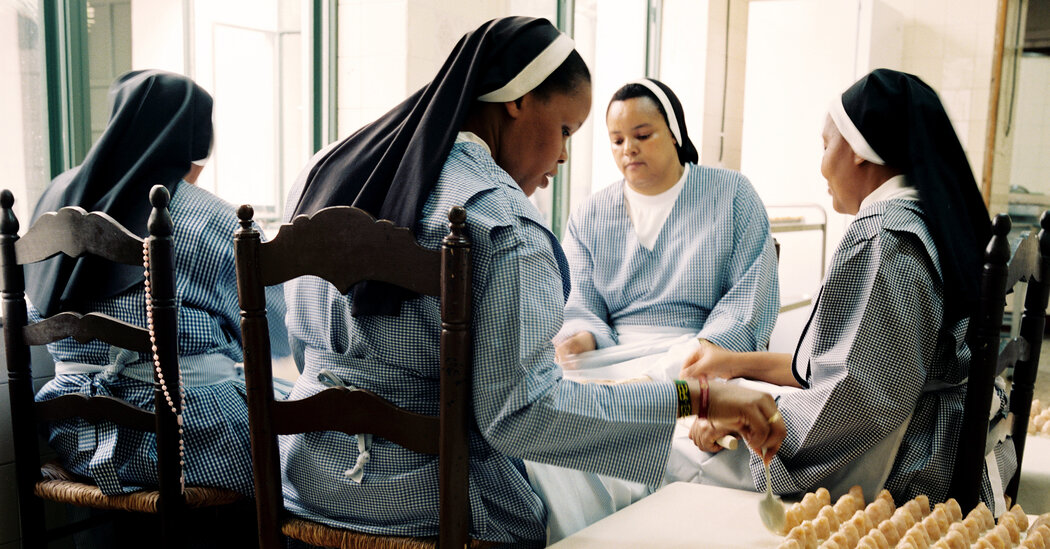Copyright The New York Times

ON A RECENT morning in Seville, Spain, a city crowded with churches and ceramic tiles depicting the Passion of Christ and the suffering of saints, some visitors slipped into a 14th-century convent and gathered in the shady corner of a courtyard. One rang a bell by a wooden turnstile built into the wall and called out, “Hail Mary, most pure!” “Conceived without sin,” responded a disembodied voice from the other side. A World of Pastries How baked goods help tell the story of culture across the globe. A taste of bánh in Vietnam, conchas in Mexico, egg tarts in Hong Kong, wienerbrød in Denmark, trompe l’oeil entremets in France, kaab el ghazal in Morocco, convent sweets in Spain, baklava in Turkey and Frankenpastries in New York. Plus find recipes for home baking here. And take a closer look at the covers. What seemed like the start of a prayer was instead the beginning of a pastry order. Patrons at the Convent of Santa Inés asked the cloistered nun for Santa Inés cookies, a lighter, sugar-sprinkled version of shortbread; magdalenas (golden muffins); and other treats from the convent’s ovens. They put down their euros. The turnstile spun, the money vanished and clear plastic bags of baked goods appeared. (Customers not familiar with Catholic rites can simply ask for the pastries.) Roman Catholicism has shaped European art and architecture, law and politics. But it’s also left a mark on baked goods, especially throughout the Mediterranean. In Spain, tocino de cielo (or “heavenly bacon”), made with egg, sugar, water and sometimes lard, is often said to have been originated by nuns in Andalusia in the late Middle Ages. In Italy, some scholars say the still-popular minni di vergini — sugar-glazed marzipan cakes in the shape of the martyred St. Agatha’s breasts, with cherry nipples — were introduced in Sicilian monasteries centuries ago, while tradition holds that Naples’s sfogliatella, a flaky pastry filled with sweet ricotta and shaped like a monk’s hood, was first molded by a nun experimenting with semolina on the Amalfi Coast in the 17th century. Just as medieval monks worked to conserve the masterworks of the ancient world in scriptoria, cloistered nuns, who took a vow to separate themselves from the secular world, also followed the rule of ora et labora — “prayer and work.” But for many of them, “work” meant “cooking pastries and baking cakes,” says Msgr. Melchor Sánchez de Toca, 59, a former under secretary for the Vatican’s department for culture and education. The nuns’ recipes mirrored the region’s agricultural history, including at times its production of wine, which egg whites were occasionally used to clarify; the leftover yolks were donated to the nuns. Sometimes piety prompted such donations; other times, the farmers and winemakers simply wanted to appear as good Catholics in a society in which the church held great sway. Thank you for your patience while we verify access. If you are in Reader mode please exit and log into your Times account, or subscribe for all of The Times. Thank you for your patience while we verify access. Already a subscriber? Log in. Want all of The Times? Subscribe.



